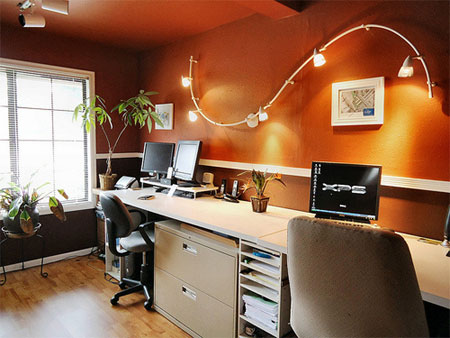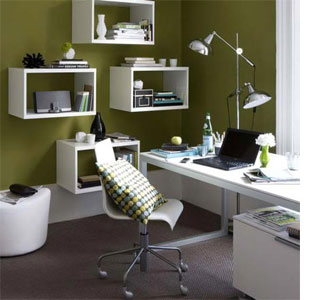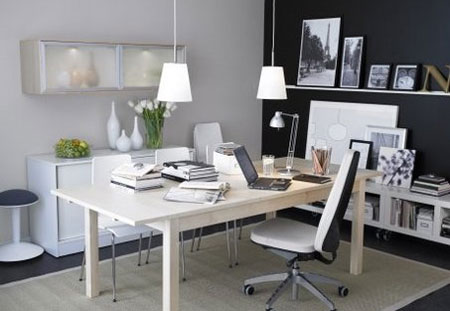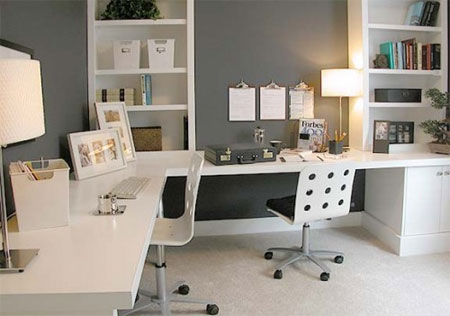Lighting tips for a home office
With the increasing trend towards working from home, making smart choices about everything from your desk lamp to your Internet access will make your office work for you.
The importance of lighting
Good artificial lighting helps to avoid eye strain and headaches. Your home office should be well lit so that you can work at any time of the day or night - remember, you are no longer confined to traditional office hours! You need desk lamps for close work and for the evenings.
Angled desk lamps and wall-mounted or clamp-on spotlights all give excellent local light. Versatile overhead lighting can be provided by downlighters - either recessed or surface-mounted on the ceiling. They produce a pool of glare-free light on the surface immediately below and so minimise the chance of reflection.
Mix up the right light
General lighting fills the workspace. Light should be soft and diffuse, and should come from several sources. A single overhead fixture could reflect in your computer monitor, so consider modulating lighting with a dimmer switch and supplementing the fixture with lamps or sconces that bounce light off the ceiling.
Task lighting directs light onto a specific area for reading or writing. Desk lamps with adjustable parts can be moved so they don't produce glare on your monitor.
Pay attention to natural daylight. To minimise both glare and shadows, position your desk and, especially, your monitor so all windows are off to the side. Use blinds or shades, if windows are in awkward places.
Placing your desk so that it faces a window provides you with lots of natural light to work in - but avoid sitting with your back to the window, as sunlight may be reflected and cause glare on a computer screen, causing eye fatigue and headaches.




